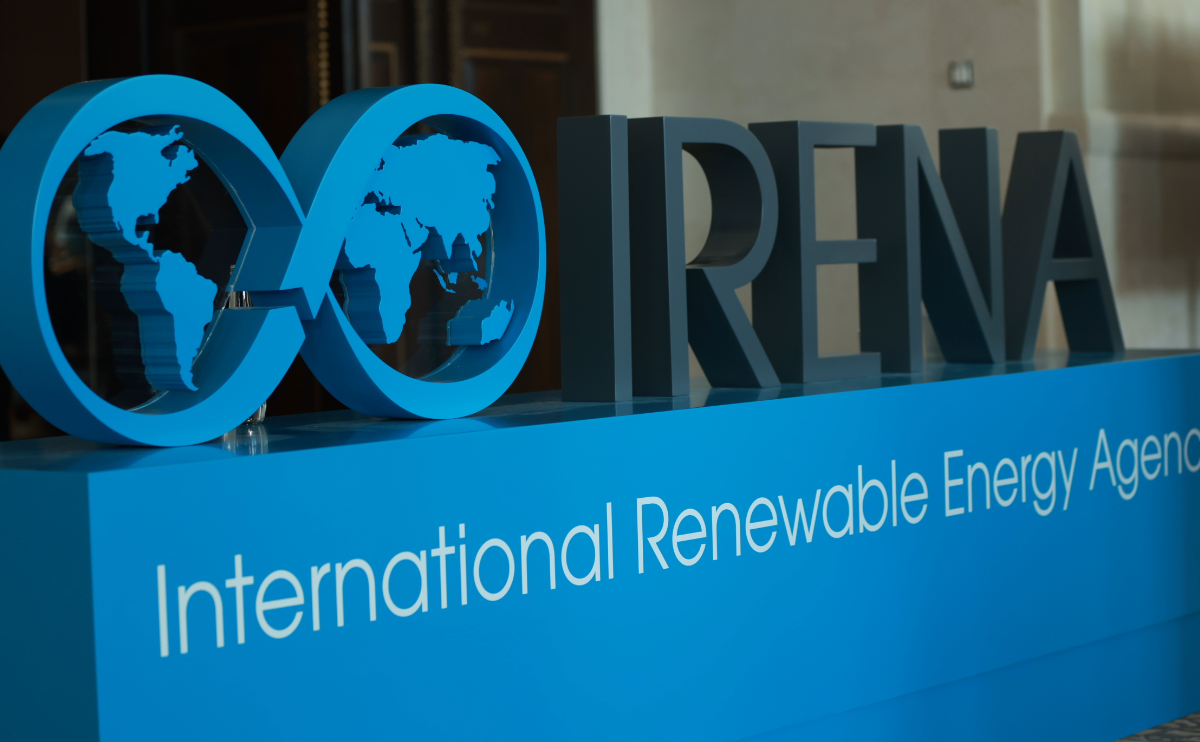
Pentagreen Capital and BII Unveil $80 Million Initiative to Boost Renewable Energy in Southeast Asia
March 28, 2025
Huawei and AE Power Partner to Introduce Advanced Energy Storage Solutions in Pakistan
April 16, 2025Global renewable energy capacity experienced a record annual growth rate of 15.1% in 2024, expanding by 585 gigawatts, according to a new analysis.
In its latest report, the International Renewable Energy Agency (IRENA) stated that this surge raised the total installed renewable power capacity to 4,448 GW.
Despite this significant increase, IRENA cautioned that the pace of expansion remains insufficient to meet the global target of tripling installed renewable energy capacity by 2030, which would require reaching 11.2 terawatts. To stay on track, global renewable capacity must grow at an annual rate of 16.6%.
Earlier this month, the International Energy Agency (IEA) reported that renewable energy sources accounted for the largest share of international energy supply growth in 2024, making up 38%, followed by natural gas at 28%, coal at 15%, oil at 11%, and nuclear power at 8%.
Additionally, IEA’s estimate of new renewable installations surpassed IRENA’s projections. According to the agency, global renewable installations reached a record high for the 22nd consecutive year, with approximately 700 GW added in 2024—80% of which came from solar photovoltaics.
Reflecting on these findings, IRENA Director-General Francesco La Camera emphasized the urgency of accelerating renewable energy expansion. “With just six years left to achieve the COP28 commitment of tripling installed renewable capacity by 2030, the world now needs to add over 1,120 GW annually for the remainder of the decade to stay on the 1.5-degree Celsius pathway,” he stated.
La Camera urged governments to utilize the next round of Nationally Determined Contributions to outline a clear roadmap for their renewable energy goals. He also called for stronger global cooperation to support developing nations in advancing their renewable ambitions.
“The continuous growth of renewables each year demonstrates their economic viability and scalability. However, while we keep setting new expansion records, regional disparities persist, and time is running out,” La Camera noted.
He further stressed that with energy security and economic competitiveness now major global priorities, rapidly scaling up renewable power is both a business opportunity and a sustainable solution to energy challenges.
According to IRENA, solar and wind energy led the expansion in 2024, accounting for 96.6% of all net renewable additions. Solar energy alone represented more than three-quarters of this growth, surging by 32.2% to reach 1,865 GW, while wind energy increased by 11.1%.
China remained the largest contributor, adding 278 GW of solar capacity, followed by India with 24.5 GW.
Commenting on IRENA’s findings, UN Secretary-General António Guterres highlighted the transformative impact of renewables, stating: “Renewable energy is driving the decline of the fossil fuel era. Its record-breaking growth is creating jobs, reducing energy costs, and improving air quality.”
He added, “Renewables rejuvenate economies. But the transition must be both faster and fairer, ensuring all nations can fully benefit from affordable, clean energy.”
The report also noted a resurgence in hydropower, which reached 1,283 GW in 2024, primarily due to growth in China. Meanwhile, global wind energy capacity climbed to 1,133 GW, fueled by expansions in the U.S. and China.
Bioenergy saw a rebound as well, with an increase of 4.6 GW in 2024 compared to 3 GW in the previous year, driven by China and France, each contributing 1.3 GW. Geothermal energy expanded by 0.4 GW, led by New Zealand, followed by Indonesia, Türkiye, and the U.S.
Off-grid electricity capacity, excluding Eurasia, Europe, and North America, saw a near threefold increase, growing by 1.7 GW to reach 14.3 GW.
La Camera noted that renewables now account for 46% of global installed power capacity.
“Despite this milestone, key questions remain about how to make renewables the dominant source of electricity generation, particularly in terms of grid flexibility and adaptation to variable renewable power,” he said.
At the opening of the annual UN climate summit in November, Mukhtar Babayev, president of COP29, underscored the critical need for increased financial support to drive climate action. He urged governments, the private sector, and multilateral financial institutions to collaborate in achieving the goals set under the Paris Agreement.
Signed in 2015, the agreement commits nations to efforts aimed at limiting global temperature rise to 1.5 degrees Celsius above pre-industrial levels.




